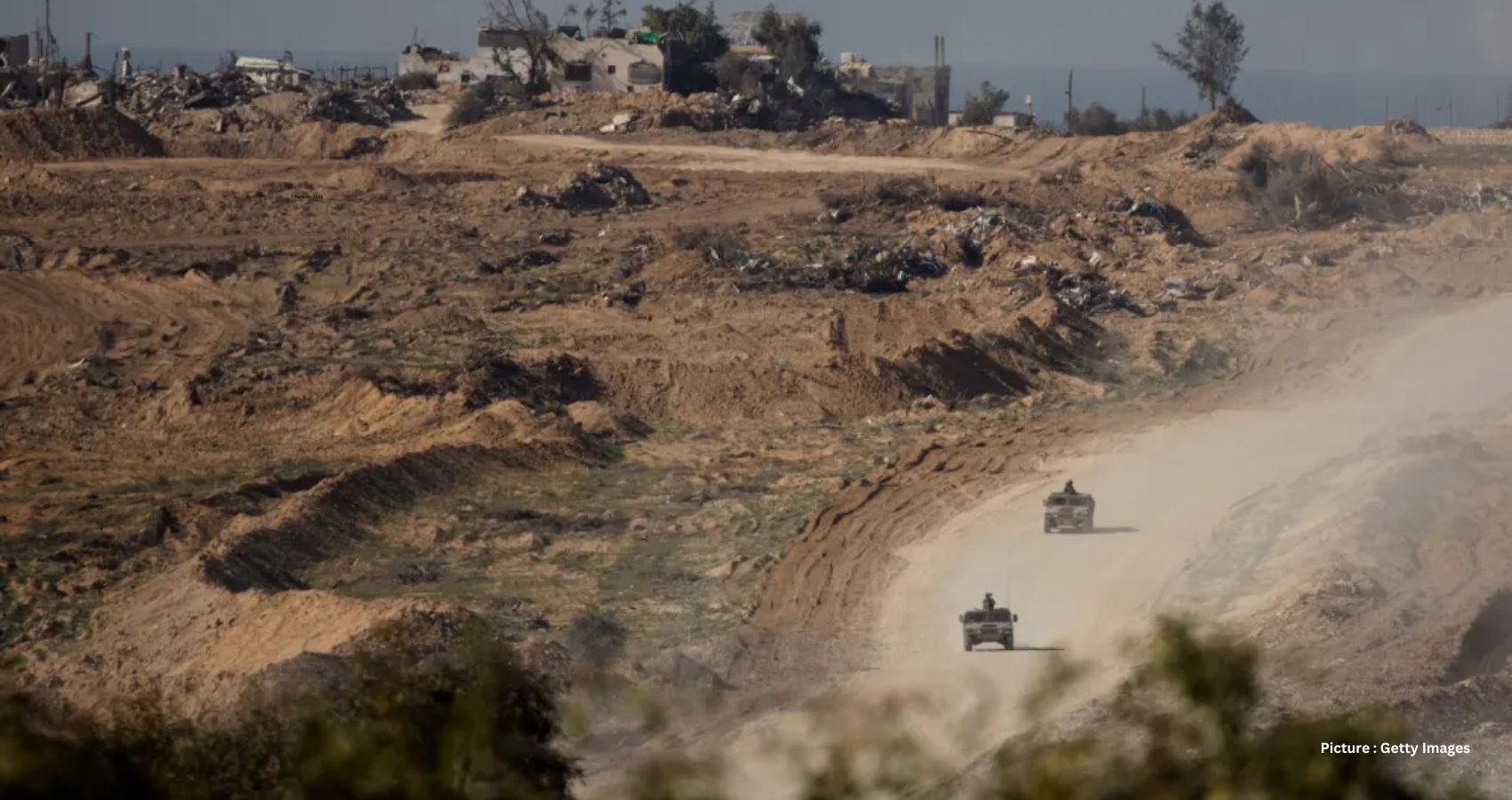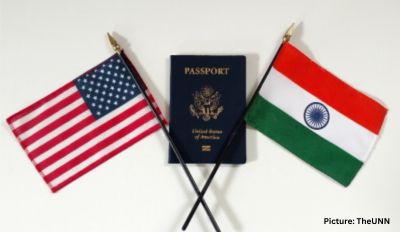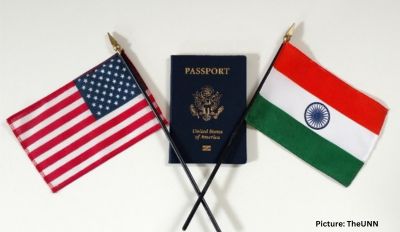If one has delved into the intricate history of the modern Middle East and closely monitored the developments in the region, forming opinions on the enduring conflict between Israeli Jews and Palestinians becomes almost second nature. However, for those not well-versed in this complex history and only tuning in during times of crisis, a common question arises: Why has the resolution of differences between Israelis and Palestinians been so elusive? Drawing parallels with successful reconciliations in other parts of the world, such as post-World War II relations between America, Germany, and Japan, or the peaceful transformations in South Africa and Northern Ireland, prompts the inquiry into the reasons behind the ongoing strife in the Holy Land.
To shed light on this issue, let’s delve into the top five reasons why the Israeli-Palestinian conflict persists, causing loss of innocent lives, regional destabilization, and a disproportionate drain on Washington’s political resources, perpetuating fear, suffering, and injustice.
- Indivisible Objectives:
At the core of the conflict lies a fundamental structural problem – both Israelis and Palestinian nationalists lay claim to and aspire to control the same piece of territory. This situation, known in international relations as an “indivisibility” problem, makes resolution challenging when both parties vehemently believe in the righteousness of their cause. The contested status of Jerusalem, a sacred site for three major religions, adds complexity to the issue. Despite various proposals for sharing the land over the past century, the voices advocating compromise have been stifled by those demanding the entirety of the disputed territory, illustrating the inherent challenges within nationalist movements.
- The Security Dilemma:
The conflict is compounded by a severe security dilemma stemming from the first problem and the small size of the disputed territory. Zionist leaders, recognizing the difficulty of establishing a Jewish-controlled state with a significant Arab minority, resorted to acts of ethnic cleansing during the 1948 Arab-Israeli War and again in 1967. The expansionist impulse, driven by Israel’s vulnerable geography and small population, led to the retention of the West Bank and Golan Heights post-1967, creating a demographic problem. The pursuit of a “Greater Israel” clashes with democratic principles, leaving the least undesirable option – giving up a substantial portion of controlled territory for a two-state solution.
- Unhelpful Outsiders:
The involvement of third parties with self-interested interventions has fueled and prolonged the conflict. From Britain’s mismanagement in the interwar period to the United States and the Soviet Union arming respective sides during the Cold War, external influences have often been counterproductive. Interventions by Iran, backing groups like Hamas and Hezbollah, further complicated the situation, deflecting attention from resolving the core Israeli-Palestinian conflict.
- Extremists:
Extremists on both sides have consistently undermined well-intentioned efforts for peace. The Oslo peace process in the 1990s faced challenges from suicide bombings by Hamas and Palestinian Islamic Jihad. The opposition to a two-state solution, notably exemplified by Benjamin Netanyahu, has impeded progress. Netanyahu’s covert support for Hamas aimed to weaken the moderate Palestinian Authority interested in a two-state solution, culminating in tragic events on Oct. 7.
- The Israel Lobby:
Groups like AIPAC, the Anti-Defamation League, and Christians United for Israel, while not solely responsible, have impeded progress. By shaping a one-sided view of the conflict within the American body politic, these groups obstructed serious attempts by U.S. presidents to bring about a resolution. Despite public commitments by Presidents Clinton, Bush, and Obama to a two-state solution, the lack of meaningful pressure on Israel hindered progress, leading to successive Israeli governments avoiding compromise.
Each of these five factors, alone a formidable obstacle, collectively contributes to the prolonged Israeli-Palestinian conflict. The tragedy extends to both Israelis and Palestinians, with the latter bearing the greatest losses. Furthermore, the present actions of Israel in the Gaza war raise concerns about global repercussions, potentially fueling antisemitism and implicating the United States in a moral and strategic quagmire. As the conflict persists, the prospects for a timely resolution seem increasingly remote, posing a challenge to the region’s stability and global peace.











